
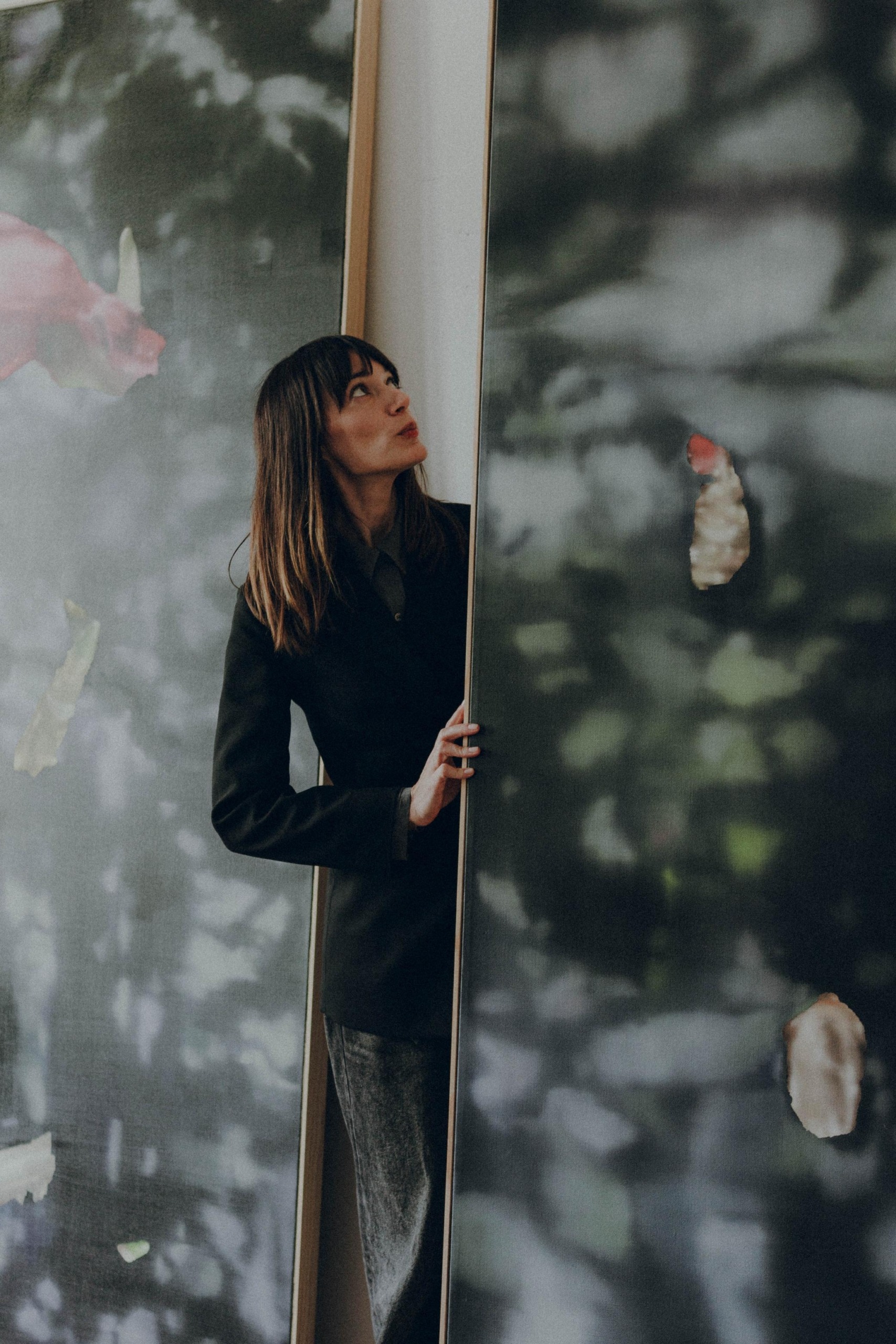
I don’t like being late. But that Friday, I was actually glad I arrived a little behind schedule. The crowd from the exhibition opening at the Trotoar Gallery had just moved to a nearby wine bar, and by the time I got there (convinced I was about to congratulate the artist, Martina Grlić), the last glasses were being cleared away and the remnants of the celebration tidied up. The calm after the storm that greeted me was the perfect moment to take in the new works of a painter who hadn’t exhibited in Zagreb for several years, and whose last solo show had taken place the previous year in New York, at Fragment Gallery.
Saccharine Idyll by Martina Grlić gently drew me in right away. Looking at her paintings brings a pleasant, almost soothing feeling; the dominant pink tones add to that, and it’s as if you’re pulling apart bits of cotton candy that slowly melt in your mouth while you’re sitting on a cloud. I’m telling you, there’s a kind of visual enchantment at play, just as the author of the introductory text, Martina Rodrigues, wrote: Saccharine Idyll by Martina Grlić draws us in like a sweet lure. It offers a sense of safety and comfort, scenes of small joys and warm memories. Everything feels familiar, harmless, and we sink into our own recollections.
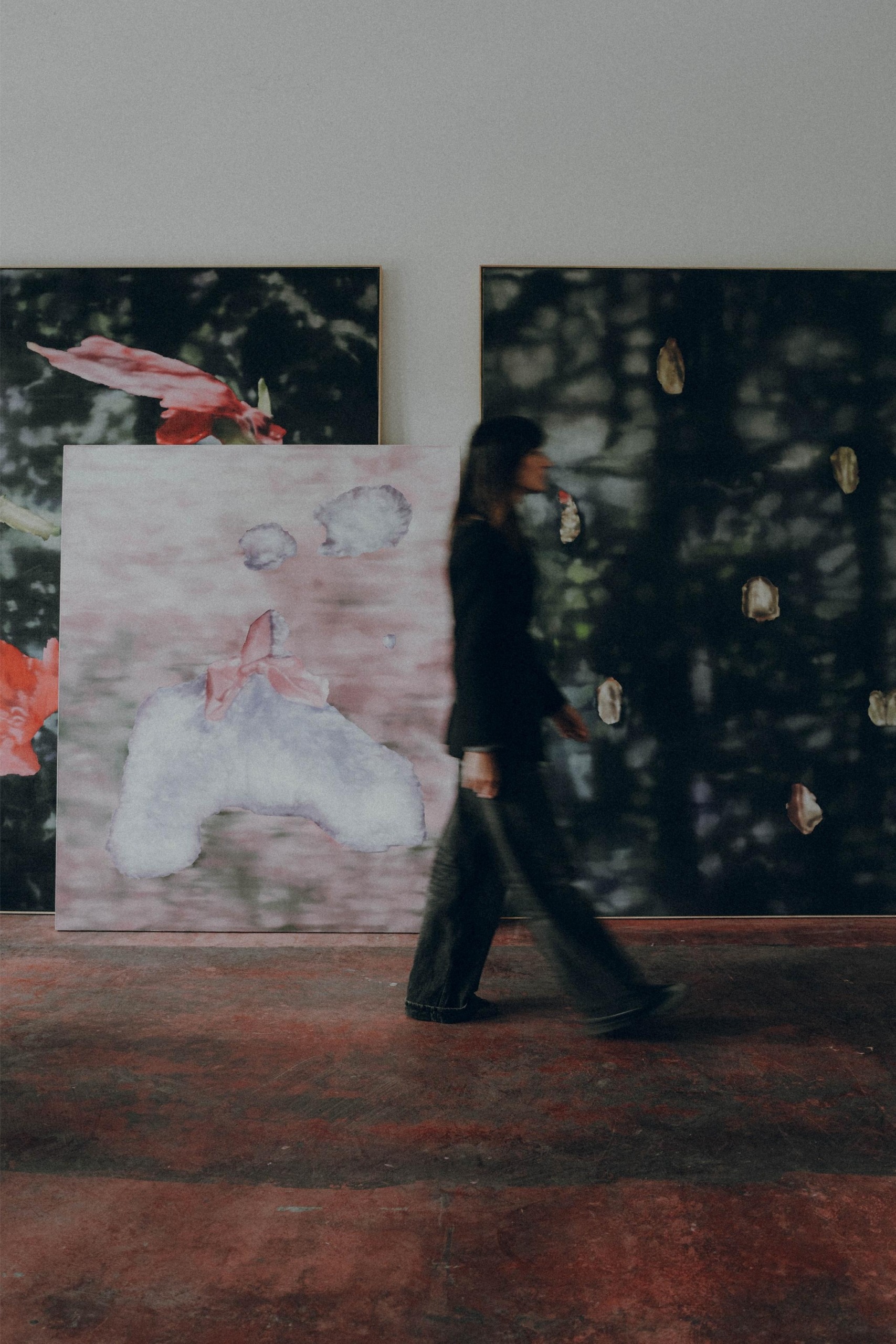
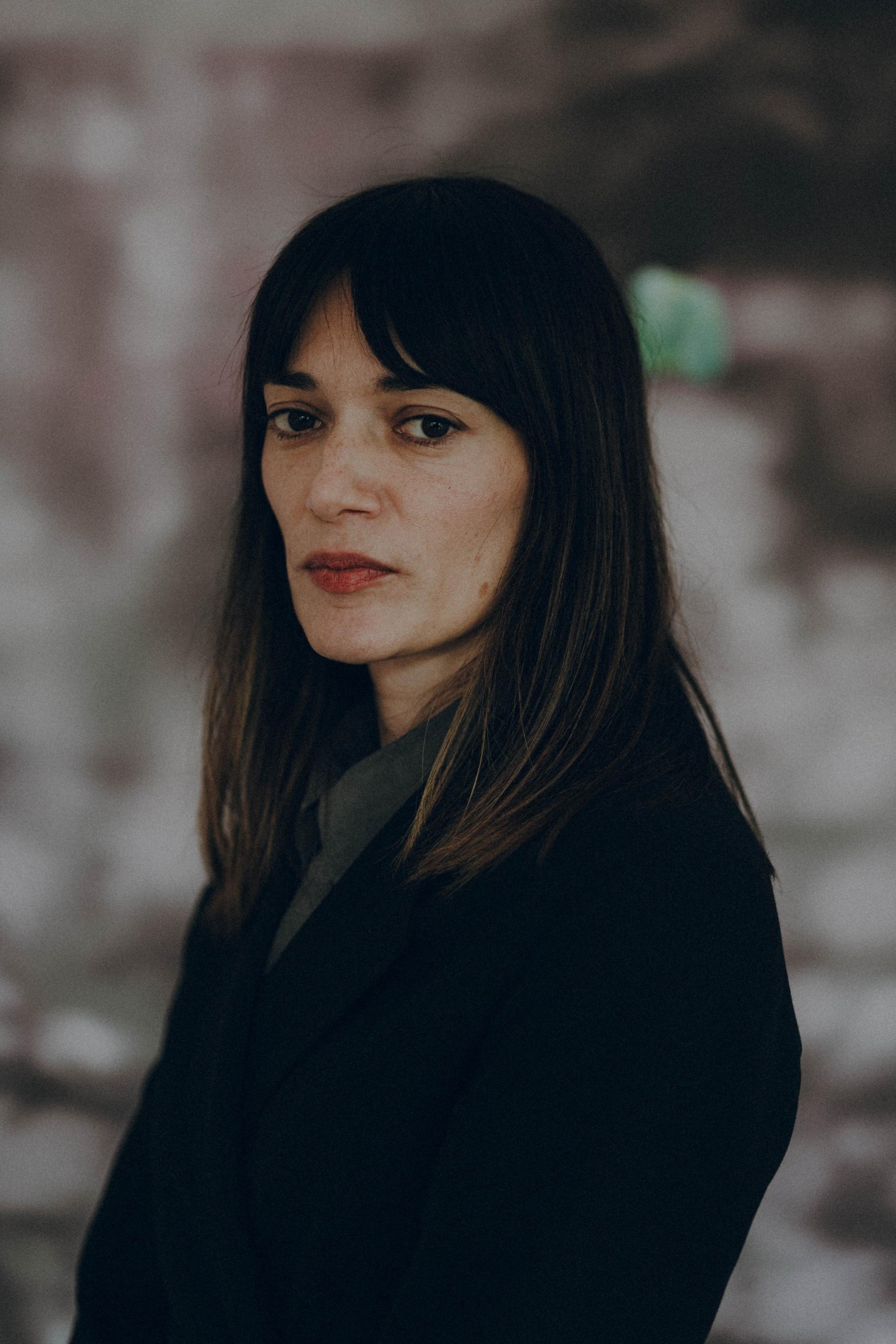

My first question for Martina, when I visited her studio at the Zagreb Pencil Factory (TOZ) a few days after the exhibition opening, was to explain the blend of sweetness and idyll that had been lingering in my mind as an impression. “The title Saccharine Idyll represents a brilliant fusion conceived by Martina Rodrigues, the author of the accompanying text. It’s not only poetically precise but immediately captivated me with its ambiguity. Sometimes, that external impulse is exactly what gives a work new depth. Saccharine is an artificial sweetener, something that imitates the real thing, something artificial, a false idyll. In my case, that illusion of sweetness becomes a metaphor for emotions we idealize, but that time and experience inevitably distort,” Martina told me, before moving on to the subjects she explores in her work. “The central motif, a fragment of a pink bush from a family photograph, becomes a metaphor for maternal, original love: eternal, inexhaustible, the kind we always seek as a lost refuge. That bush is no longer just a memory from a photograph; it becomes the backdrop for an imaginary, fantastical place, a vision of safety and home that time has reshaped into something fragile, yet also into the foundation for all other forms of love,” she explained, referring to the fragments she plays with, depicting seemingly banal motifs from everyday life and popular culture with a touch of irony, romance, and humor. “Femininity is omnipresent here, not as a cliché, but as a fascination, a way of reflecting on how what appears ‘sweet’ can transform into a deep, multilayered experience.”

What at first appears to be a gentle pink idyll (in which I, too, got tangled up in my own thoughts on femininity) becomes something else once you move closer to the work and notice a pixelated detail that Martina has inserted, disrupting the idyll from the beginning of the story. That detail is extracted from a family photo—inserted as a fragment of the past, a recurring element in Martina’s work. When I asked her why she is drawn to memory, nostalgia, and the past, she replied: “It’s hard to say exactly why the past, but I think it starts with childhood.
I’ve always been fascinated by old objects, by things that no longer have their original function yet keep reappearing in the present and the future. I have this sense that the past isn’t dead, but a living force that shapes us, even when we forget it. At my core, I’m an existentialist—what intrigues me is the unpredictable nature of life, the fluidity of identity, and the illusory essence of reality.”
At that moment, as I stood by the large windows that filled the studio with warm sunlight and our conversation flowed easily to a random Spotify playlist in the background, she handed me a key detail of our exchange—an old photo album, the kind we, children of the eighties, know so well: film photographs, family scenes from Adriatic summers, birthday celebrations, our parents when they were young. I asked Martina how deep she digs into those albums and what kinds of photos spark her creative process. “I actually spend an incredible amount of time collecting material. I’m most drawn to the last two decades of the 20th century, roughly from 1980 to 2000—the aesthetics of that time, with soft colors, spontaneous framing, and subtle melancholy. That period feels endlessly close to me; it reflects the transition between analog warmth and digital coolness. These are usually amateur photos, flawed ones, close to life and authentic in their imperfection. They capture moments that weren’t staged for an audience, only for memory. Unlike today’s photographs, which are often too perfect—like illusions of an ideal life in the virtual world.”
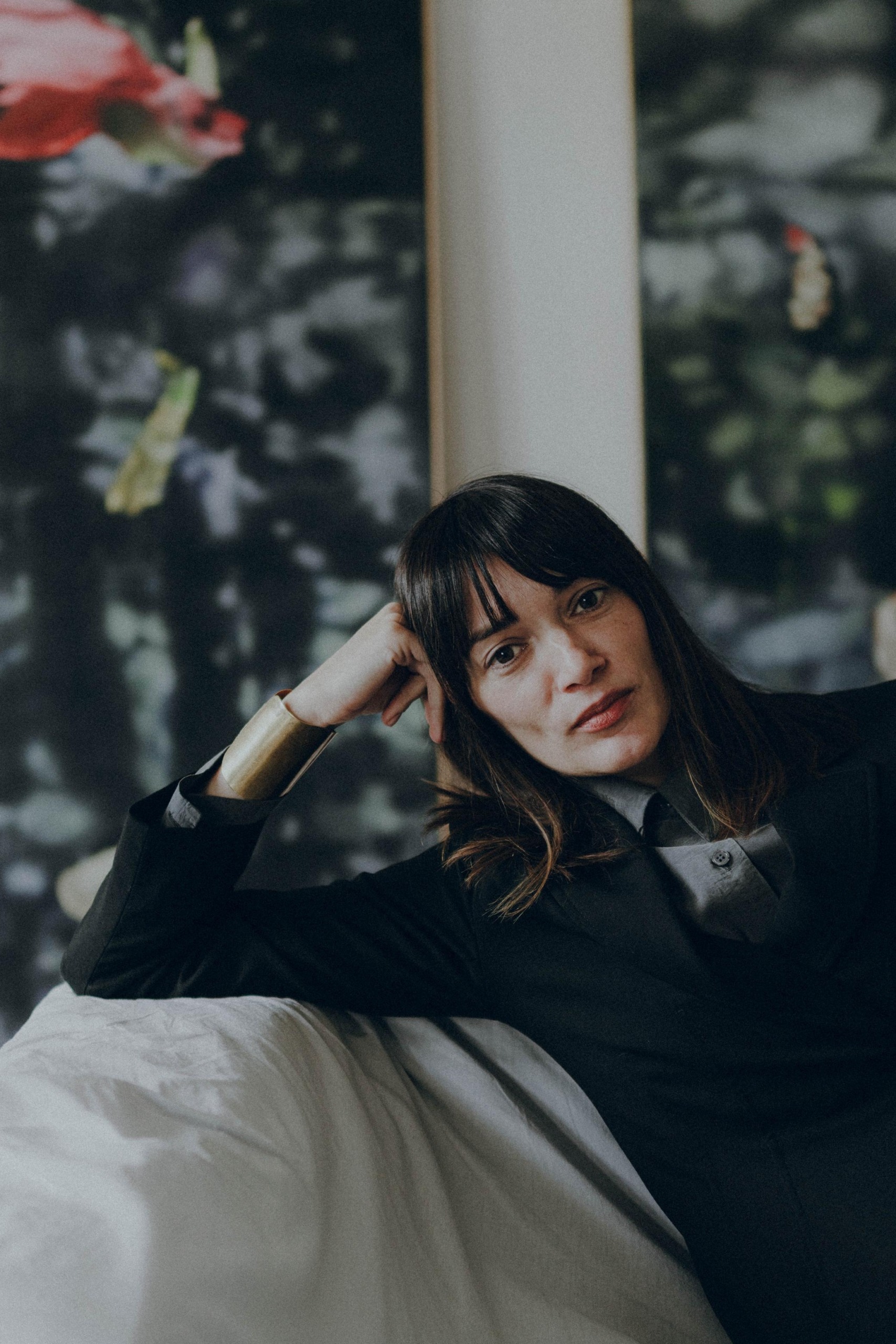
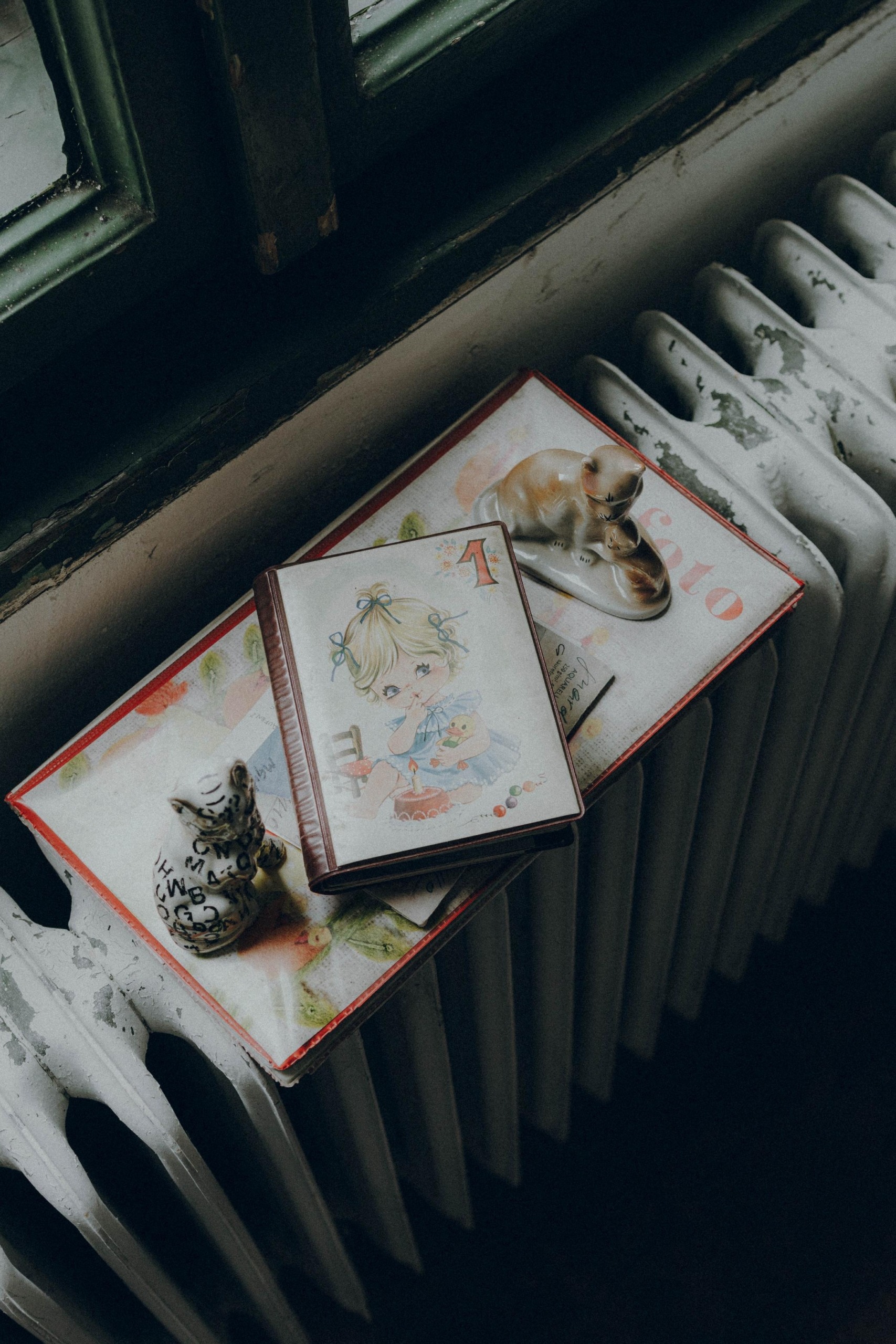
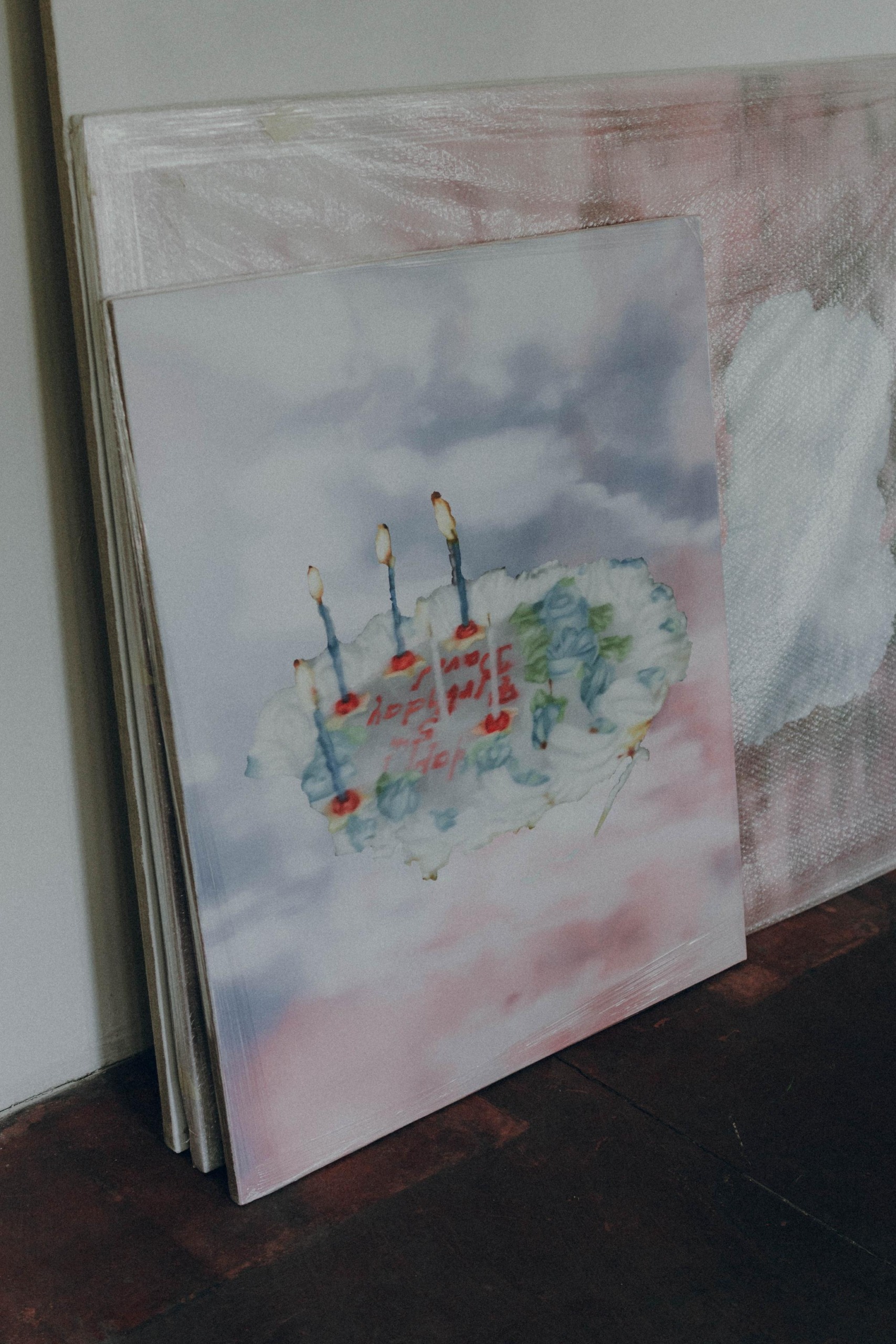
I’m reminded of a line from the exhibition text that stayed with me: “Symbols we recognize – the white wedding dress, Cupid, glittering jewelry – evoke both promise and threat…” Is reality really that deceptive, I asked Martina. “These are symbols that lure us with the promise of eternal happiness – the white wedding dress as a sign of purity and new beginnings, Cupid as the messenger of passion, glittering jewelry as the shimmering promise of wealth and allure. But beneath the surface, they carry disappointment, the pressure of perfection, even the loss of oneself within that ideal.
Reality is deceptive; it’s not black and white. It’s like that artificial sweetener in the title – sweet on the tongue, but with a bitterness that follows. Symbols promise an idyll, yet they also reveal the cracks – how love can be a cage as much as it can be liberation, how feminine strength hides behind those gleaming façades.”
Martina often finds answers for her work in film or in the writings of authors who have already explored the themes that attract her. “It helps me decipher my own motives, articulate them, and transform them into my visual language,” she says, citing Paul Auster’s novel The Brooklyn Follies as an example, in which he introduces the concept of the “Hotel Existence.” “I really liked that connection. It’s an imaginary place he creates as a kind of refuge for his characters, an escape from the real world when they are unable to confront it or find such a place in reality. That idea of an imaginary ‘safe’ place, born through the lens of memory and nostalgia, where fiction and reality intertwine, was my main inspiration while creating these works. The imagined hotel became a metaphor for my pink bush, a fleeting sanctuary that is built and torn down, yet always remains an anchor for introspection.”
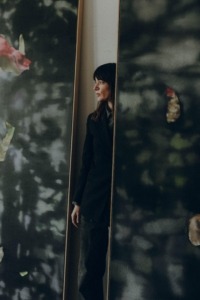
Photo: Mateo Mučnjak
There is something intriguing, captivating, and melancholic about Martina, as well as in her work. She tells me how she loves digging through old magazines and shows me a small pile she collected while living in Leipzig during an art residency. Her recent series reflect on the past, exploring the relationship between personal and collective memory, touching on nostalgia, ideology, and social patterns. I ask her where her research has led her.
“I think I’ve come closer to understanding that memory isn’t just an archive of the past, but a living organism. It constantly reconstructs itself, changes under the influence of what we experience today, and becomes a bridge between the ‘I’ and the ‘we.’
In my recent works, such as those in Hypermnesia and Saccharyn Idyll, I see how collective memory—those ideological layers like Cold War legacies or consumer myths—filters through my personal prism, revealing how nostalgia can be both a comfort and a trap. I’ve reached a point where I understand that these patterns aren’t static. They perpetuate themselves, but we can reshape them through irony and introspection, turning them into a tool for liberation.”
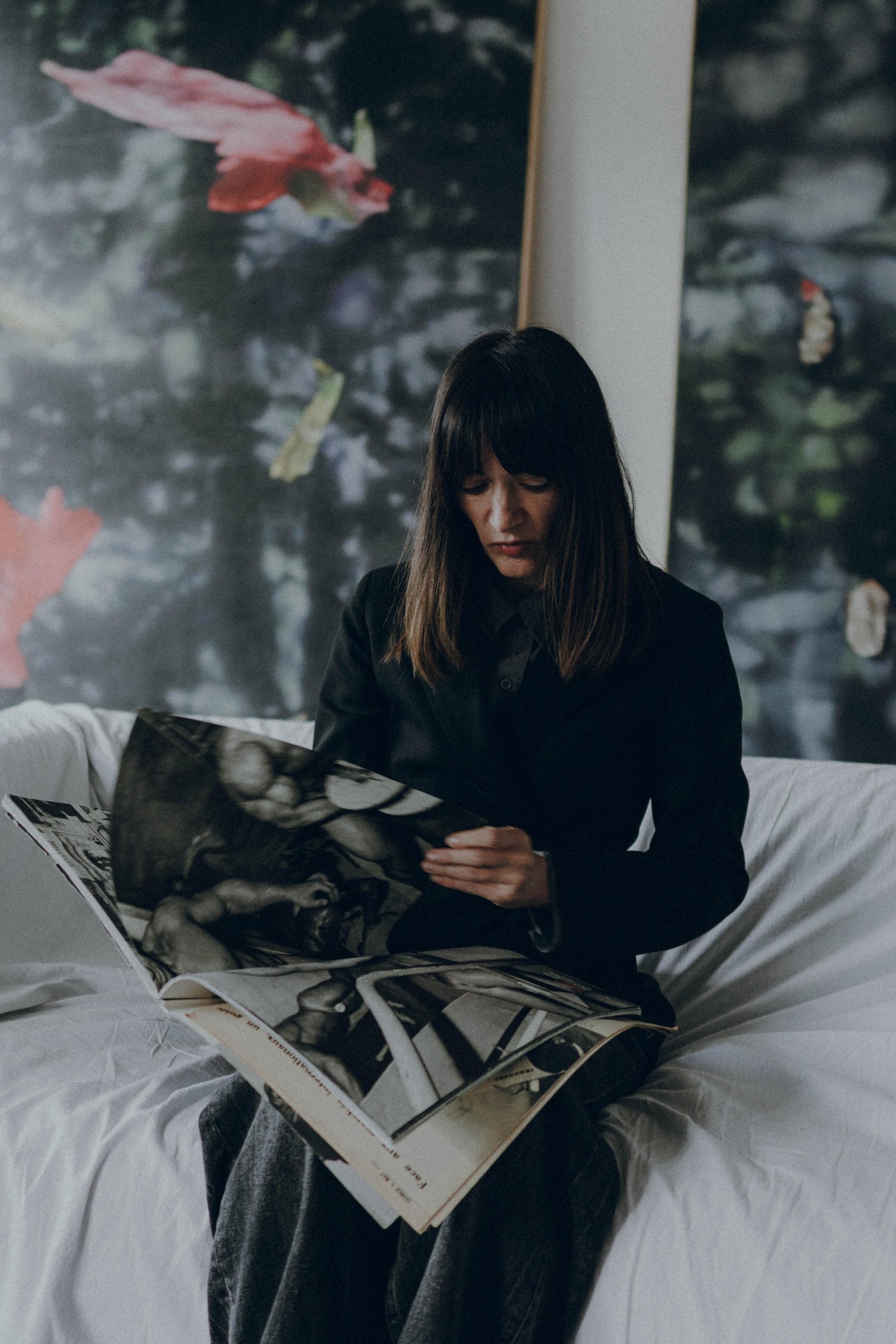
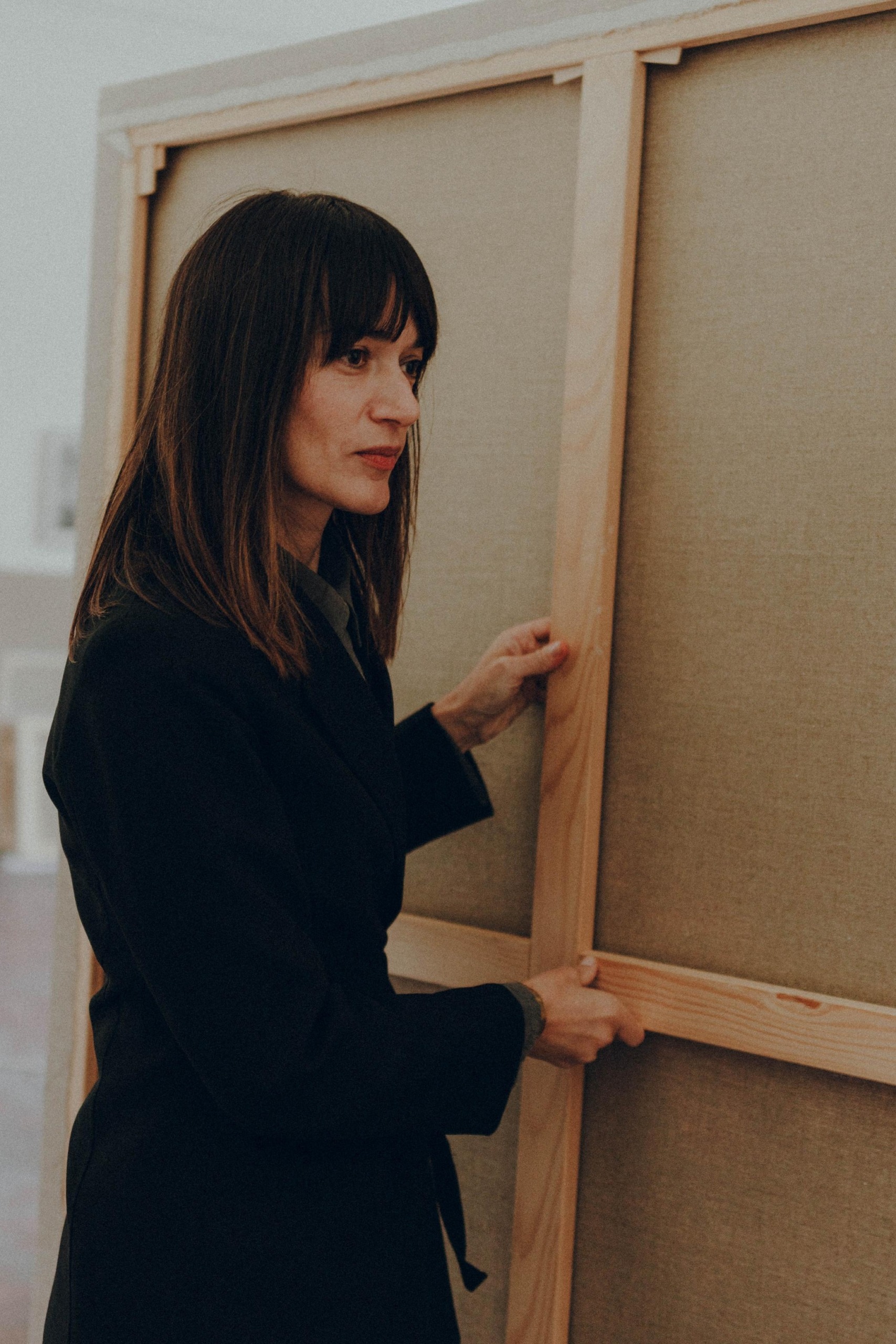
She also reveals that in recent years, she has directed her work toward introspection, where personal memories become the starting point for creating universal meanings. I ask what she knows now that she didn’t know before. “Patience is the key. The fatigue I sometimes feel isn’t a sign of weakness but part of the process. I’m learning to let go of self-imposed tension and high expectations, that feeling that I have to invent my own ‘obligation’ just to justify creating. My professor at the Academy used to say that painting is a marathon, not a sprint. It requires not only persistence but also a kind of blind faith. Art, among other things, is the skill of imagination but also the courage to dream and to realize that dream, even when it exposes your own limitations.”
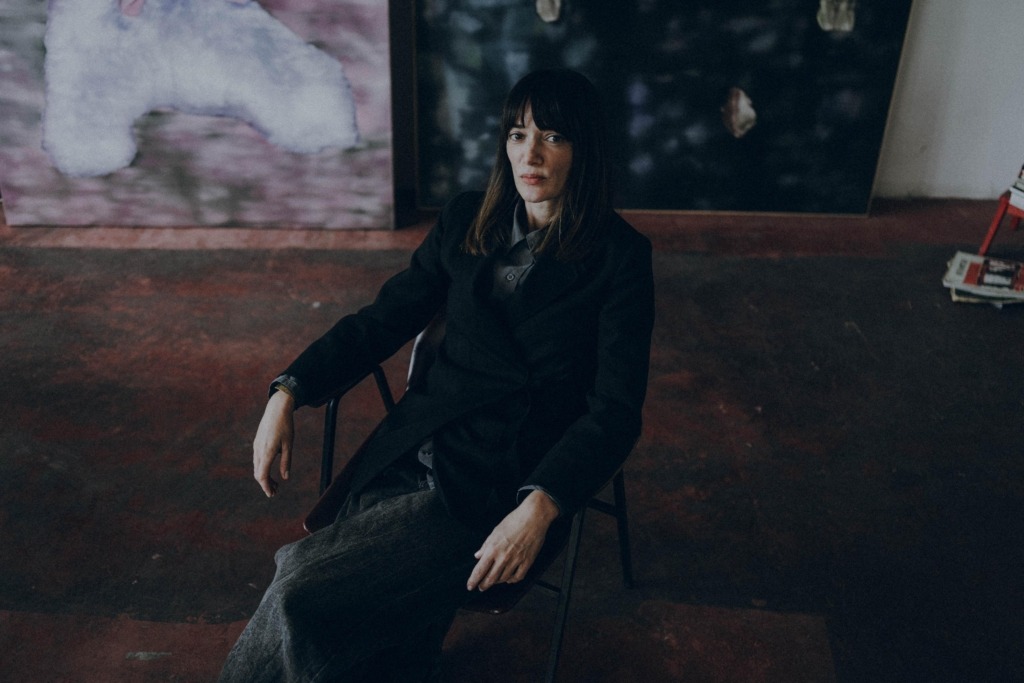
Martina is one of the most prominent painters of the younger generation, with numerous international group and solo exhibitions behind her, including one currently on view at the Trotoar Gallery until November 8. I ask her, finally, what her plans are. “I’m returning to my regular routine — the studio, painting, the forest. In my last few works, I’ve felt subtle shifts that I now want to continue developing.”
Photo: Mateo Mučnjak


